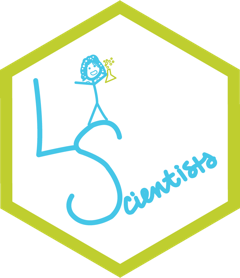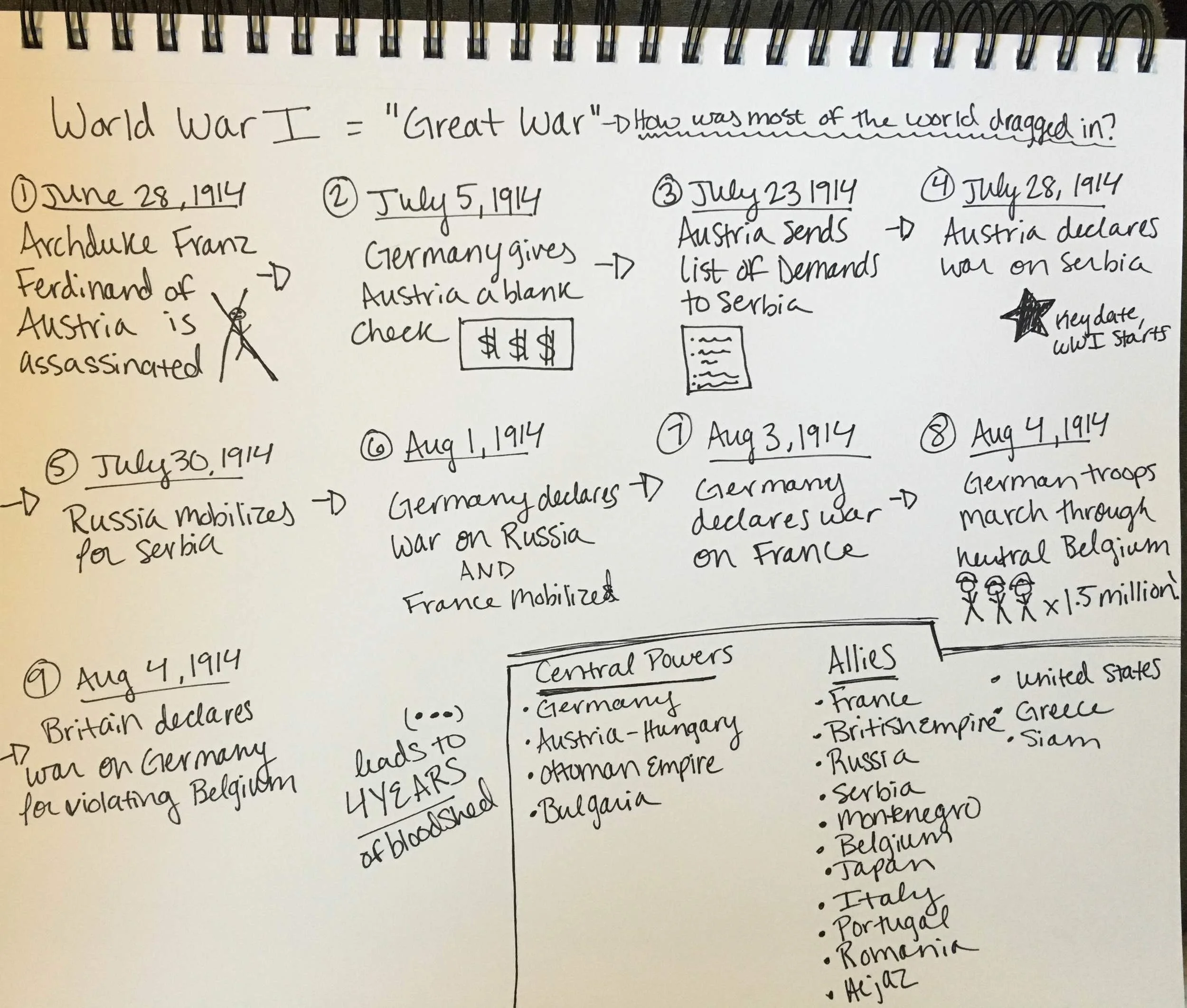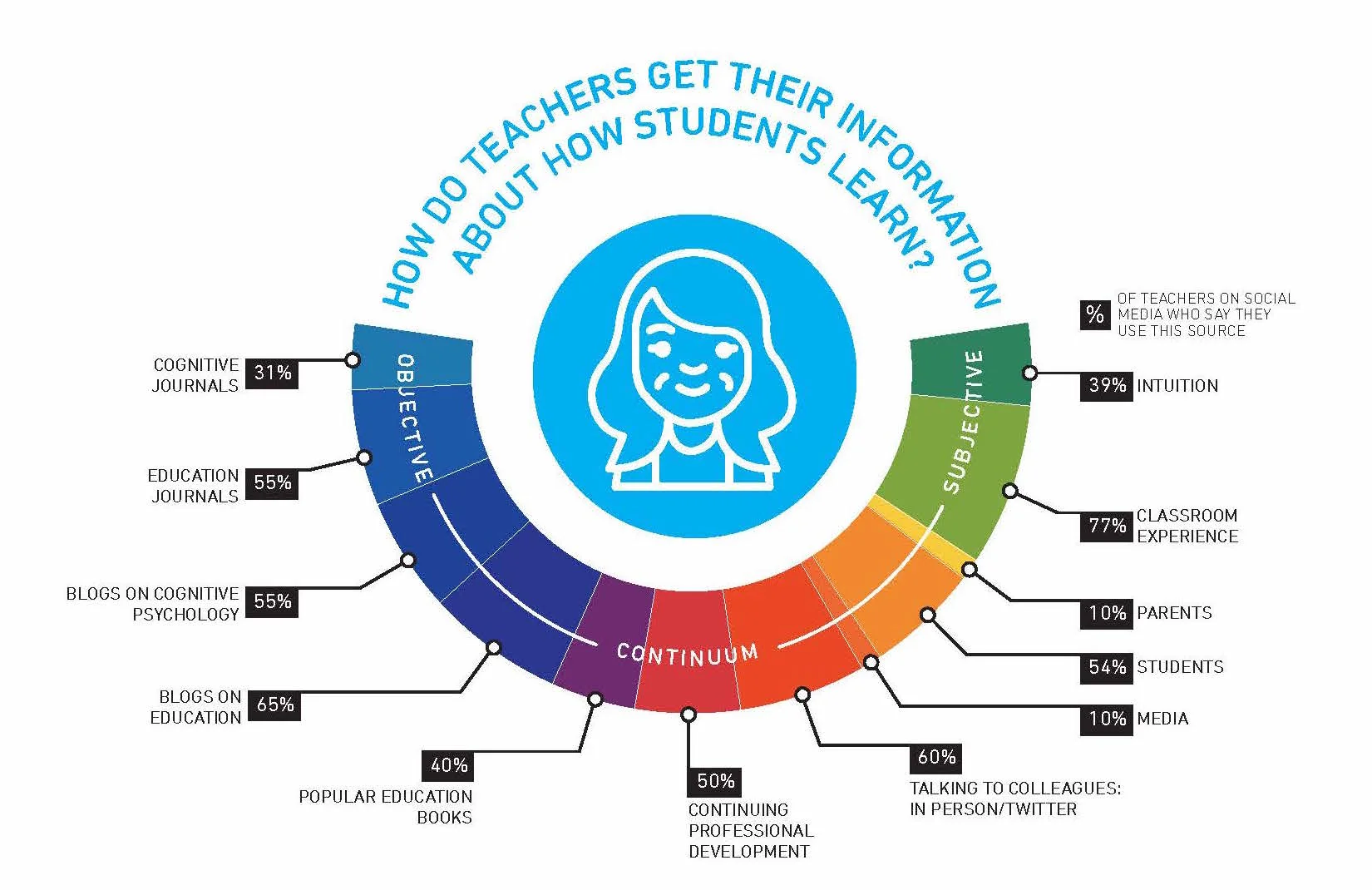This is the final post in a series of six posts designed to help students learn how to study effectively. Today’s post is about dual coding – a method of studying where students combine visuals and words.
All in For Teachers
GUEST POST: Where Do You Get Your Information From About How Students Learn?
For most, this question may seem an odd one. But sound evidence-based practice requires teachers to discriminate, apply and evaluate a variety of sources in order to answer such questions. Do you do that? Oliver Caviglioli and the Learning Scientists ...
Weekly Digest #24: Educational Videos
The three Learning Scientists do research on learning and memory, but we are also teachers. (In fact, two of us consider ourselves teachers first and researchers second.) One thing we have noticed is that students like to watch videos in the classroom, and ...
Learn to Study Using... Concrete Examples
This is the fifth in a series of six posts designed to help students learn how to study effectively. The purpose is to provide students with a resource that can help them take charge of their own learning. Today’s post is about concrete examples – that is ...
GUEST POST: Are Teachers As Influential As They Think They Are?
A few months ago, I published a post titled ‘Our duty as role models’. I matter-of-factly stated that teachers are role models and that students are influenced by our behaviors. Learning Scientist Dr. Yana Weinstein praised my post on social media, but questioned ...
Weekly Digest #23: The Myth of Multitasking
Depending on who you ask, multitasking is either a very important “21st century skill”, or a myth. One of us recently had to complete a job reference for a former student that included a question about the applicant’s ability to multitask. And yet, from decades ...






